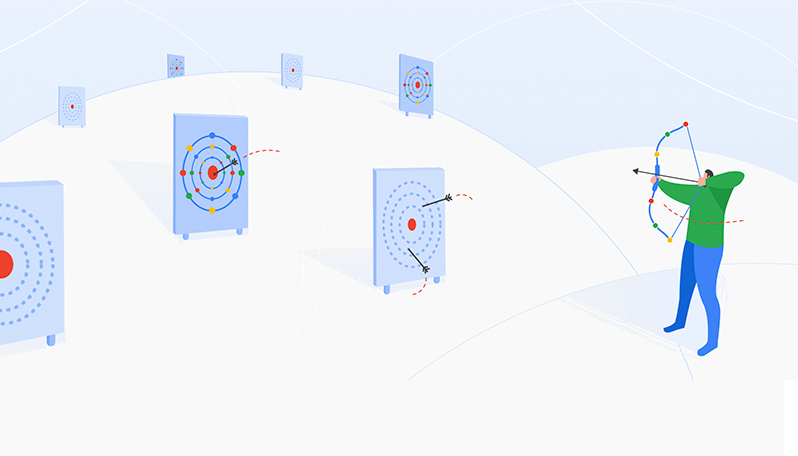3 product inclusion practices you can apply right now
As businesses reach an increasingly diverse audience of global users, product inclusion–applying an inclusive lens throughout the product development process–is more important than ever. As a Harvard Business Review Analytic Services survey (sponsored by Google) of 1,000 executives across industries shows, business leaders believe product inclusion helps companies remain competitive and ensure they are meeting customers’ needs.
While product inclusion can look different in practice depending on your market, your audience, and your product objectives, certain core principles are relevant to all leaders as they consider how to build and grow inclusive products and businesses. Across Google, teams "keep in mind the basics, the ABCs of product inclusion: address the diverse needs of current and future users; build for everyone, with everyone; and constantly test and improve for inclusion," says Head of Product and Business Inclusion Strategy Reena Jana.
Here, with those in mind, we rounded up three fundamental tips on how to practice product inclusion from Google leaders. You can apply these practices immediately, regardless of industry.
Always keep a relentless focus on the user
As product designers, it can be easy to become overly focused on the latest feature release or enhancement to your product, but ultimately, what’s most important is how you’re impacting users. “It doesn’t matter how brilliant our products or services are. If they’re not making a tangible impact on the lives of our users, they are useless,” says Sherice Torres, a marketing director in Google’s Brand Studio. Her advice to marketers is to “always keep a relentless focus on the user.” That’s sage advice for leaders outside of marketing, as well.
Paying attention to user insights and understanding how your product or service fits in your user’s life are critical to developing products that have the potential to significantly and positively impact the lives of as many people as possible.
Practice empathy and connect with users at a human level
Connecting with your users at a human level is also critical to building inclusive products and services. Google UX Director Maggie Stanphill’s definition of inclusion centers around building empathy and compassion for people. “It’s important to consider who you’re representing and how you’re representing them through the content you include in product experiences,” she says. A former journalist, her editorial perspective shapes how she views product design and user interaction.
“As product designers, when we initiate a dialogue with a user (whether written or verbal), it’s key to think about it as just that: a conversation,” she says. “In the product design context, I guide my team to begin with asking ‘why’...We conduct stakeholder interviews and user research, like newspaper reporters. This understanding of people’s needs informs strategies and recommendations for designs. We partner closely with UX researchers to get user insights from the beginning.”
Again, a sharp focus on users is the key to getting product experiences right. Remembering that a real person is using your product or service helps bring home the concept of building for everyone.
Identify the processes that lead to exclusion
Kat Holmes, UX Director at Google, believes that “designing for inclusion begins with recognizing exclusion.” That’s a key takeaway from her book, Mismatch: How Inclusion Shapes Design.
Once you’ve recognized and accepted that exclusion occurs, the next step is to “look at exclusion as cyclical, so your team can begin to understand that they make design choices within a process–and these choices can lead to mismatches between a design and user experience,” she says.
She says recurring habits that lead to exclusion can include using only your team’s abilities or minimal legal criteria as baselines for designing your products.
“People’s touchpoints with each other and with society are full of mismatched interactions,” Kat says. “Design is a source of these mismatches and can also be a remedy.”
Inspired by Sherice, Maggie and Kat? Apply for a job at Google to create, code, design and build for everyone.
Contact Us
Stay in touch. We want to hear from you. Email us at Acceleratewithgoogle@google.com
Please note that this site and email address is not affiliated with any former Google program named Accelerator.



